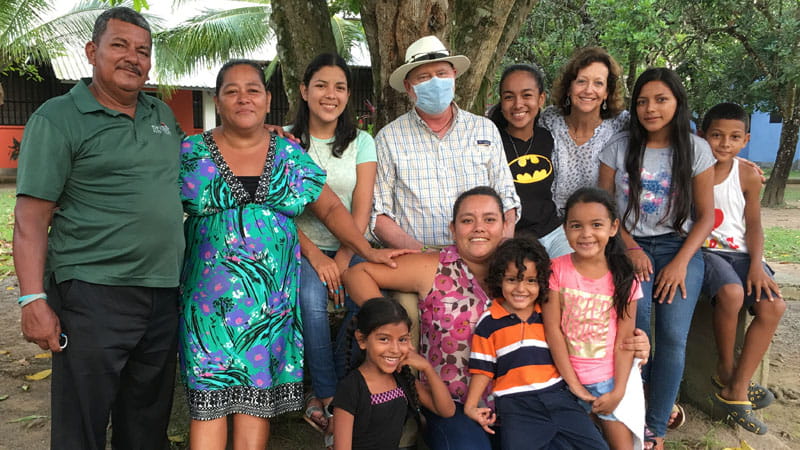My Idiopathic Pulmonary Fibrosis Journey: Fighting Back With a Double Lung Transplant
March 5, 2020By Jim Cook
I have always loved the outdoors. Hunting, biking, hiking — these I truly love to do. It's hard to find the words to describe the feeling of climbing up a 14,000 foot-mountain. There is nothing quite like it. However, back in 2012, the only thing I was feeling was shortness of breath when walking anywhere.
I had been suffering from pneumonia and I went to see my primary care doctor for a follow-up, thinking he would give me more medication and tell me I could get back on the trail. Instead, he told me I had idiopathic pulmonary fibrosis, a condition that results in scarring of the lungs, causing them to harden and making it progressively harder to breathe.
By May of 2016, my condition was so bad I required 10 to 15 liters of oxygen 24/7. At that point, doctors told me it was time for a double lung transplant.
I researched the transplant process and I told them there was no way I was going through with it. You see, 18 months before my diagnosis I had watched my son, Brandon, lose a hard-fought battle with Hodgkin's lymphoma. He was only 21, and I simply did not want to go through, nor put my family through, the pain that I knew would accompany a double lung transplant. I figured I would spend my remaining time with my family and go be with Brandon. Then one day a friend pulled me aside and told me I was being selfish. I still had a l,ot of work to do and a lot of good times ahead. So, after careful consideration for my family and loved ones, I changed my mind.
Back in 2003, Brandon told me he wanted to go on a mission trip to Honduras. He asked me to go with him. The trip changed both of our lives. Our eyes were opened to poverty like we had never seen — and the generational impact of little or no education. We started working with an orphanage, and Brandon's friendship with a young man led him to the idea of starting a nonprofit organization to fund the orphanage and a school. Heart4Children now funds and operates the orphanage that houses 17 to 20 boys. The school educates 140 kids, pre-K through the sixth grade, and we expect 170 kids next year. We are currently in the process of raising funds to start a high school. Our son packed a lot of good into his 21 years. His love for others and education continues to impact lives.
I was able to go back to Honduras some 16 months after my transplant. It was a very emotional time for me. Having those kids hug me and welcome me back and hear them call me "Papa Jim" meant the world to me. Seeing my son's memorial just off the dining hall reminded me how much I miss him and how much he meant to those kids. I will return to my Honduras home for as long as my health will let me.
I will admit my transplant journey has not been any easy one. I had to fight off chronic rejection twice, went into pulmonary distress and spent many days and nights in the ICU wondering if I had made the right decision. The two things I thought about the most in the hospital were hiking and traveling with my wife of 40 years, Tamara, and attending our daughter's wedding. As I write this, I have been rejection-free for eight months, attended my daughter's wedding in October 2017, walked her down the aisle, and danced the father-daughter dance. My wife and I just spent the summer in the Great Smoky Mountains, hiking at 5,000 feet. Life is very fulfilling.
I am so glad my friend talked me into getting a transplant. The memories of all the pain I went through in the early days pale in comparison to all the joy I have experienced in the 2 1/2 years since my surgery. I would tell people who are in my situation that it's a tough road — but in the end, it's worth the drive.


